Growing houseplants helps your living space feel fresher and greener; however, maintaining them can be a tough and expensive task if you don’t know how to do it correctly. Don’t worry, in this post today, we will share 15 Amazing Hacks To Care For Houseplants With The Lowest Budget. Check them out!
Not using an insecticide or chemical fertilizer, but you absolutely have a healthy indoor garden with a wide range of nutrients. All of these can be easily solved with these hacks here. Just give them a try for the first time, and you will see that they are not only effective but also extremely safe, economical, and environmentally friendly.
Besides, you can easily make a few steps and simple materials such as eggshells, coffee grounds, wine bottles… To know more details about them, read now!
#1 Use Chopsticks to Support Vine or Young Plants
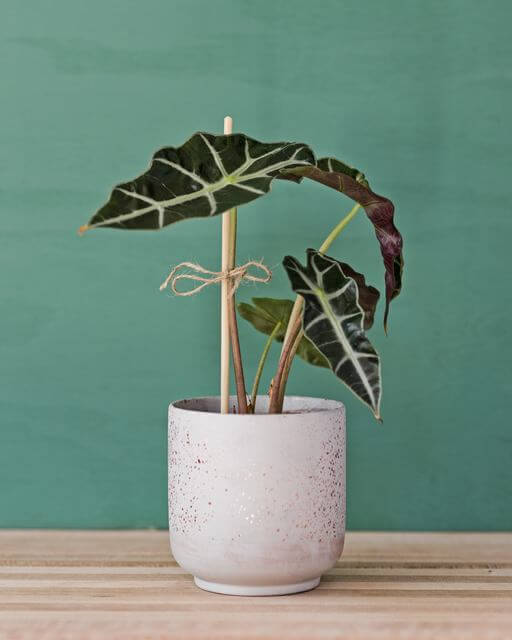 Image Credits: Apartmenttherapy
Image Credits: Apartmenttherapy
Using chopsticks as plant supports is a small trick that makes a big difference. They’re just the right size for helping young vines or starter plants stay upright without overwhelming them.
You can gently tie the stem with soft string or a twist-tie and guide it as it grows stronger. Stick one or two into the soil close to the base for instant stability.
It’s simple, cost-free, and surprisingly satisfying to repurpose something you’d normally toss.
#2 Use Eggshell Halves or an Empty Cardboard Egg Carton To Seed
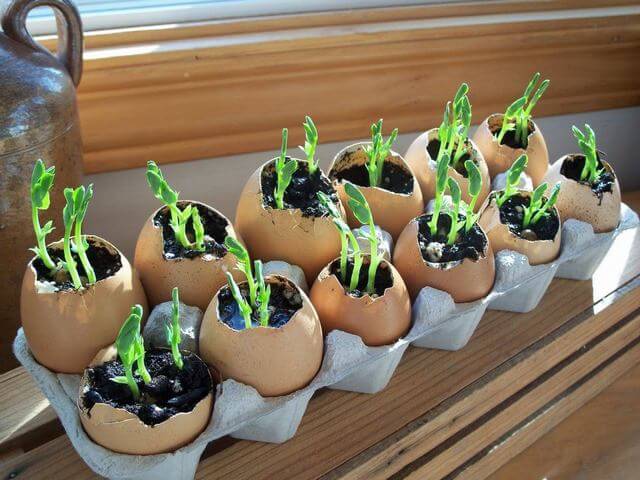 Image Credits: Pinterest
Image Credits: Pinterest
Starting seeds in eggshell halves or a cardboard egg carton is one of the easiest and most budget-friendly hacks you’ll ever try. Eggshells are naturally rich in calcium, which helps seedlings grow strong from the very beginning.
Just fill each shell or carton cup with a bit of potting mix, pop in a seed, and place it by a sunny window. Once the seedlings are ready, you can plant the whole shell directly into the soil, no waste, no transplant shock.
It’s clean, simple, and a sweet little way to give your plants a head start.
#3 Eggshell Tea
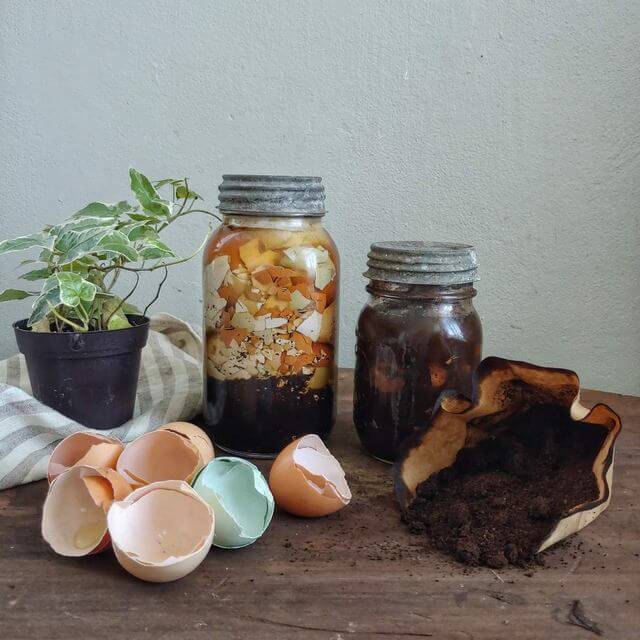 Image Credits: Unknow
Image Credits: Unknow
Eggshell tea is a fantastic homemade tonic that gives your houseplants a gentle mineral boost. Rich in calcium and trace nutrients like magnesium, potassium, and zinc, this natural brew supports healthy root growth and strong stems.
All you need to do is boil a handful of crushed eggshells in water, let them steep overnight, then strain and use the cooled water on your plants. It’s especially helpful for preventing blossom-end rot in fruiting plants.
#4 Beer For Compost
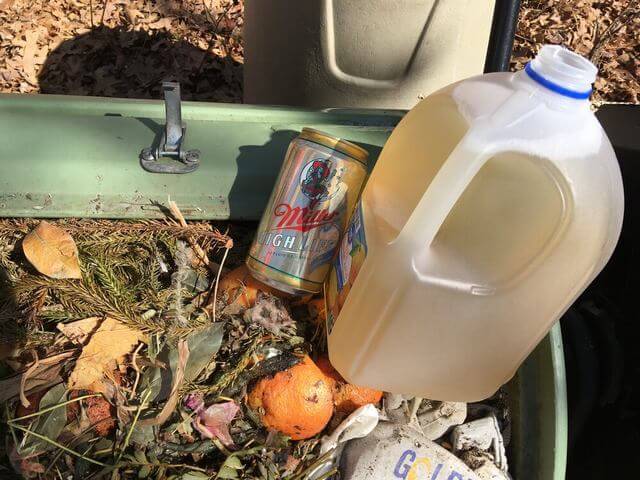 Image Credits: Gardeningcharlotte
Image Credits: Gardeningcharlotte
Beer contains many nutrients like phosphorus, calcium, bacteria, yeast, magnesium, and potassium that can boost the fertility of compost and return those nutrients to the soil.
So, when you use it as a supplement to increase the rate of decomposition.
#5 Coffee Grounds
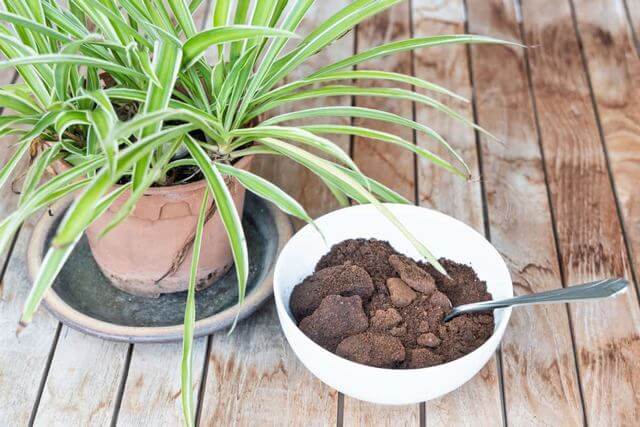 Image Credits: Indoorflora
Image Credits: Indoorflora
Used coffee grounds can work wonders for your indoor plants when used the right way. They’re packed with nitrogen and small amounts of phosphorus and potassium – nutrients that help foliage stay lush and green.
You can sprinkle a thin layer directly onto the soil or mix it into your compost before adding to your pots. Just be careful not to overdo it, as too much can make the soil too acidic or compacted.
This hack is perfect for acid-loving plants like ferns or peace lilies, giving them a subtle, natural pick-me-up.
#6 Use Old Sponges for Layering
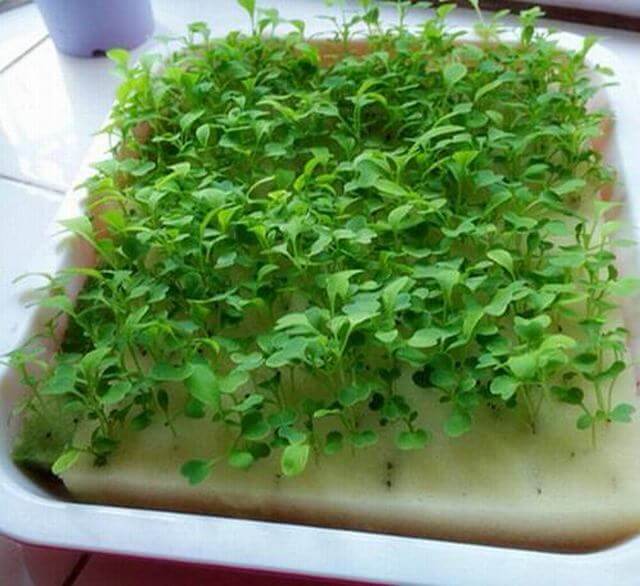 Image Credits: Balconygardenweb
Image Credits: Balconygardenweb
Old sponges might seem useless, but they’re actually secret heroes for healthy houseplants. Placing one at the bottom of your pot helps soak up excess water, preventing root rot while still allowing drainage.
It’s a smart way to repurpose something headed for the trash. This trick is especially handy for plants that hate soggy roots, like succulents or snake plants. Plus, sponges hold just enough moisture to keep soil from drying out too quickly.
#7 DIY Wine Bottle Self-Watering
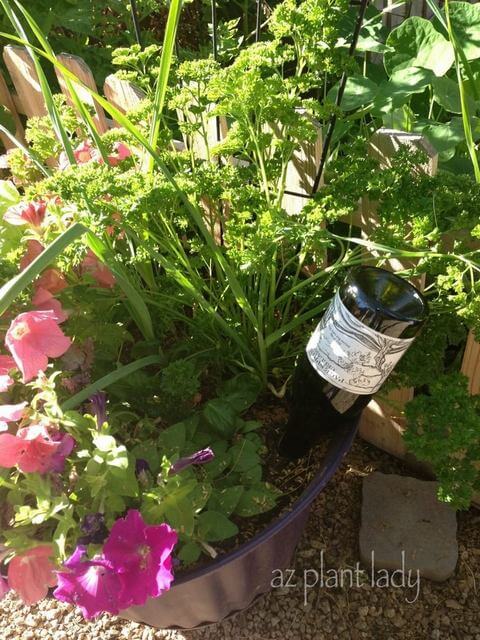 Image Credits: Birds and Blooms
Image Credits: Birds and Blooms
Turn your leftover wine bottles into clever self-watering tools for your houseplants. It’s a lifesaver when you’re away or just forgetful. Fill the bottle with water, drill a few tiny holes in the cap, then flip it upside down and push it gently into the soil.
The water will slowly release as needed, keeping the roots hydrated without overdoing it. This hack not only saves time but also adds a bit of charm to your indoor plant setup.
#8 Use Vinegar to Clean Old Clay Pots
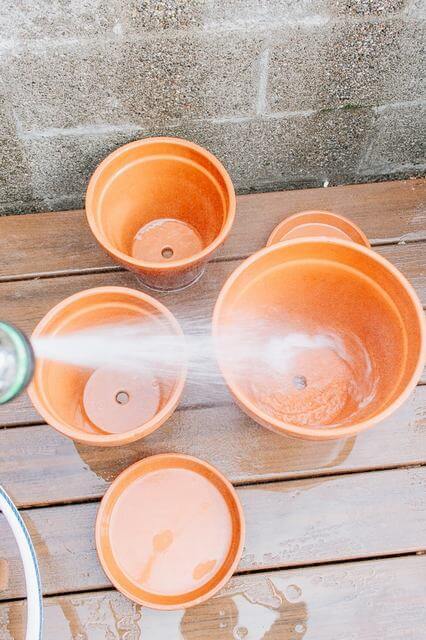 Image Credits: Decor Hint
Image Credits: Decor Hint
After growing indoor plants for a long time, clay pots absorb calcium, salts, minerals from water, and fertilizers, and they end up looking ugly over time. For it is as clean as the original look, you can use vinegar.
How to do: Make a mixing liquid with ingredients 1 cup of 5% acidic white vinegar in 3-4 cups of water and soak your clay pots for about 20-30 minutes. And then, gently scrub with a soft-bristled brush.
#9 Charcoal
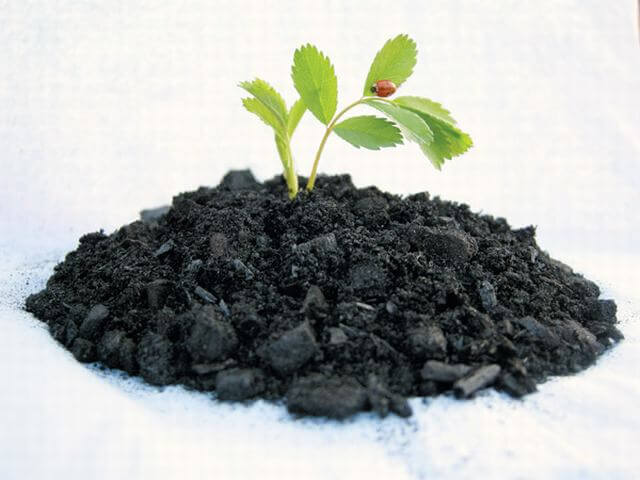 Image Credits: Capegazette
Image Credits: Capegazette
Charcoal has many benefits for gardening as it has high potassium content. For example, it can be used as mulch. Helps in detoxifying the soil by clearing the buildup when used with water.
Also, you can use it to neutralize the harmful effects of pesticides thanks to its absorption qualities.
#10 Eggshells as Fertilizer
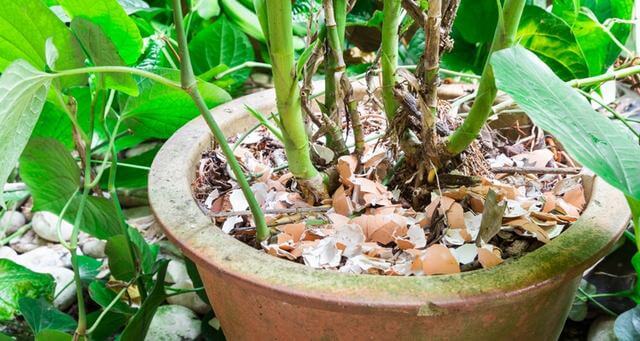 Image Credits: My Garden Life
Image Credits: My Garden Life
Eggshells are high in calcium carbonate (37%), which is an essential element needed for plant development by nitrogen (N) fixation, and also provide potassium and phosphorus.
Crush them into small pieces and sprinkle directly into the soil or around the base of your pots. Over time, they break down and help strengthen roots while balancing soil acidity.
You can even blend them into your compost pile for an added boost. It’s a simple, budget-friendly way to nourish your indoor garden while cutting down on kitchen waste.
#11 Boiled Vegetable, Pasta, or Rice Water
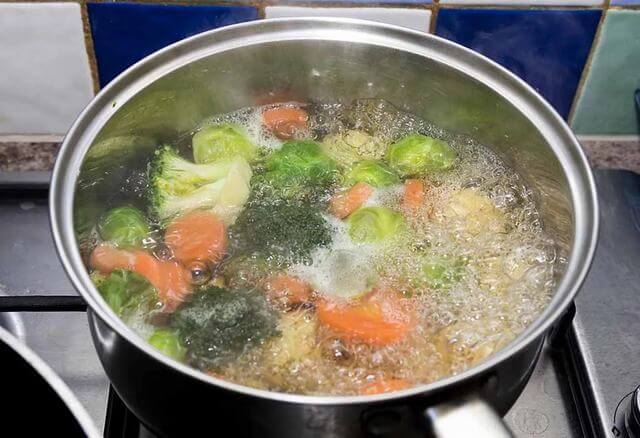 Image Credits: Parentingfirstcry
Image Credits: Parentingfirstcry
The next time you drain your veggies, pasta, or rice, don’t pour that water down the sink. Let it cool and reuse it to water your houseplants instead.
This starchy, nutrient-rich liquid contains traces of minerals that support root growth and plant health. Just make sure it’s unsalted and free from oils or seasonings.
It’s an easy, zero-waste trick that turns everyday cooking into a secret plant booster.
#12 Use Banana Peels as Fertilizer
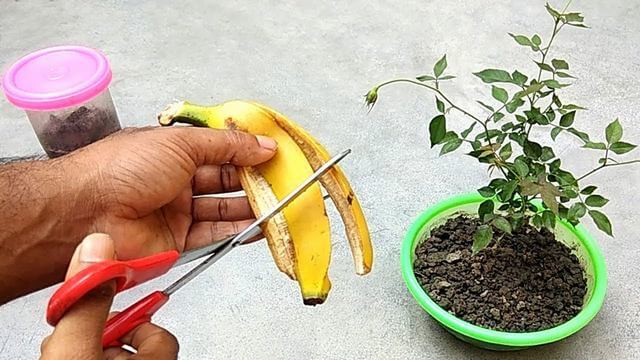 Image Credits: The Whoot
Image Credits: The Whoot
Banana peels are like nature’s slow-release fertilizer. Packed with potassium and phosphorus, they help strengthen stems and promote vibrant blooms.
You can chop them into small pieces and place them around the base of your houseplants, or bury them slightly beneath the soil.
Another option is drying and grinding them into powder for an easy sprinkle-on boost. However you use them, your plants will thank you with lush growth.
#13 Use Baking Soda To Clean The Leaves Of A Houseplant
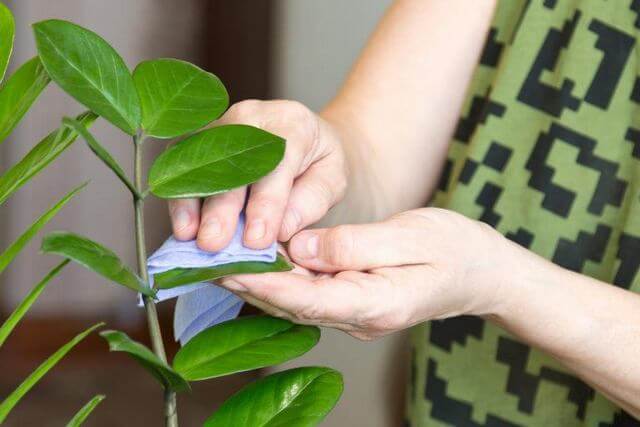 Image Credits: How To Clean Things
Image Credits: How To Clean Things
When grime builds up, plants can’t breathe or photosynthesize properly. Mix a teaspoon of baking soda with a quart of water and gently wipe the leaves with a soft cloth.
It removes dirt without harming delicate foliage and leaves your greenery looking fresh and healthy. Use it once a month to keep your houseplants glowing and happy.
#14 Using Aquarium To Water Indoor Plants
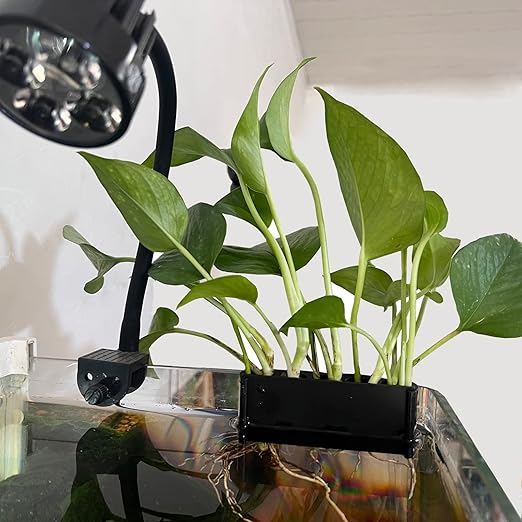
If you have an aquarium, you’re already holding liquid gold for your houseplants. The leftover water from your fish tank is packed with beneficial nutrients like nitrogen and phosphorus from fish waste.
Instead of pouring it down the drain during cleaning, use it to water your indoor plants. They’ll thrive on this gentle, natural fertilizer without the need for store-bought plant food.
Just be sure the water is fresh, not treated with harsh chemicals, and avoid using saltwater.
#15 Cornstarch Reduces Watering Needs
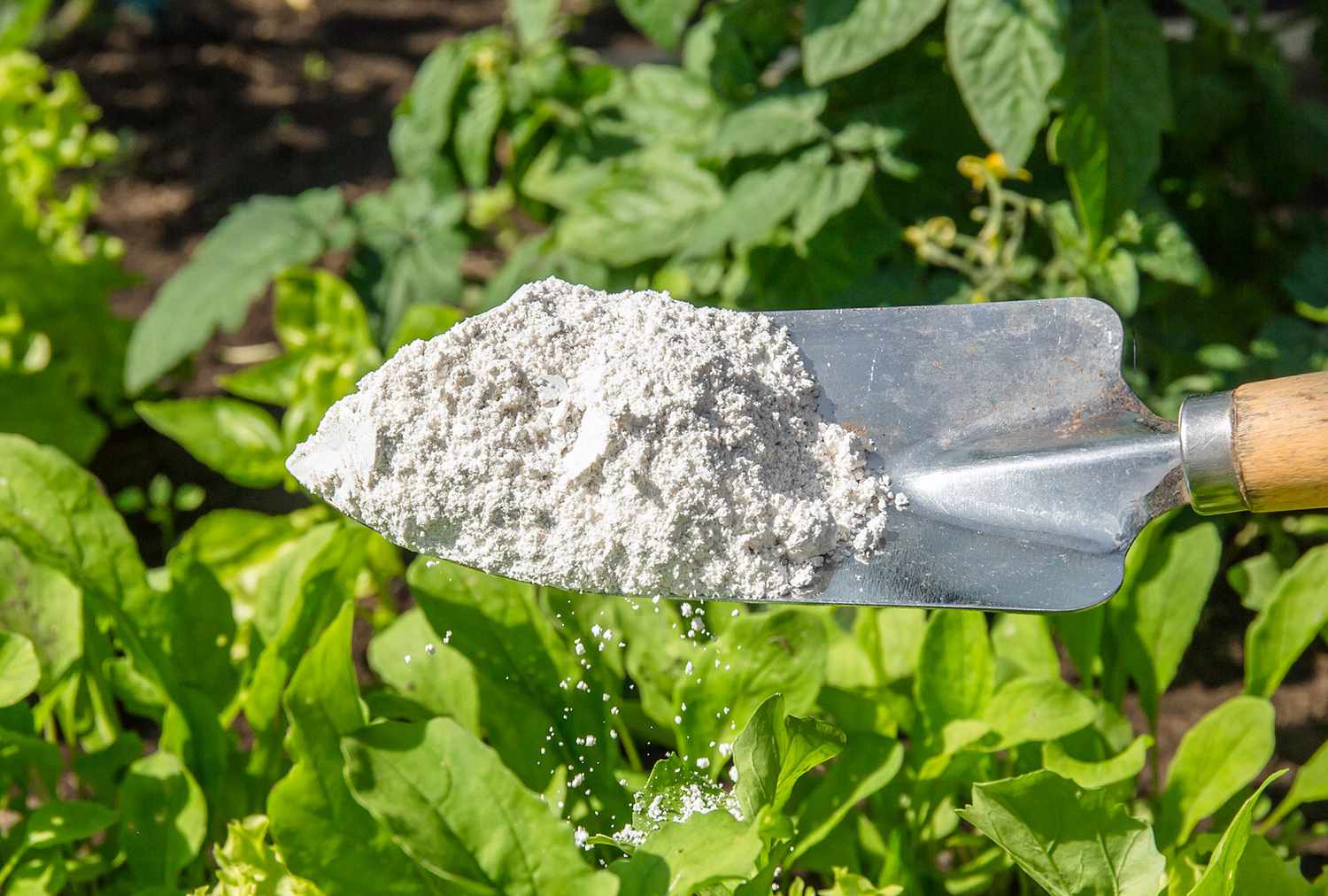
Cornstarch might surprise you, but it’s a clever trick for helping soil retain moisture longer. When mixed into potting soil, it forms a gel-like texture that holds water and slowly releases it to the roots.
This means you won’t need to water your houseplants as often; it’s perfect for those busy or forgetful days. To use, simply mix 1–2 tablespoons of cornstarch into your potting mix before planting.
